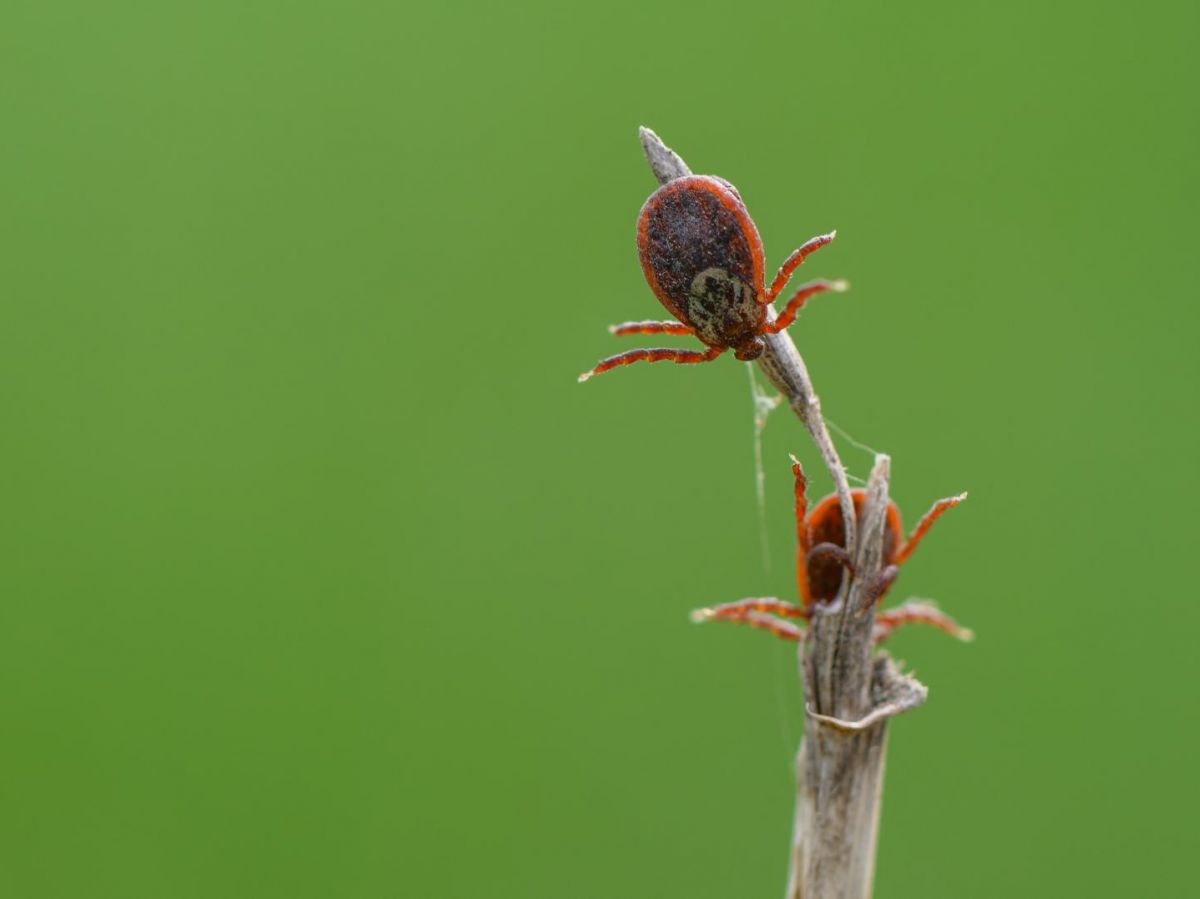"Several factors raise fears of an increase in the risk of transmission of the tick-borne encephalitis virus in France," indicated the French Agency for Food Safety (ANSES) on the occasion of the publication of an expert report on the subject. This disease is caused by a virus transmitted via certain ticks. It must be distinguished from Lyme disease, caused by a bacteria transmitted to humans by tick bites, and much more frequent with several tens of thousands of cases per year in France.
Tick-borne encephalitis affects around thirty patients per year
Tick-borne encephalitis only affects about thirty patients per year. However, its after-effects are often very serious. "Among symptomatic people, 20 to 40% present neurological signs of the meningitis type, which can lead to long-term after-effects and loss of autonomy.", underlined Elsa Quillery, one of the authors of the expertise, quoted in the press release.
Anses' concerns relate in particular to the recent identification of a previously unknown mode of transmission in France: the consumption of raw milk from previously infected animals and not a direct tick bite.
An outbreak was identified in 2020 in Auvergne-Rhône-Alpes: several people developed encephalitis after consuming raw goat's and cow's milk cheeses from a farm in the Oyonnax basin. "Raw milk and dairy products made from raw goat milk appear to pose a greater risk of transmission than dairy products from other animals.", says Anses.
Read alsoWhat is the deadly, tick-borne Powassan virus?
Increase surveillance of virus circulation
Another concern, "The virus is expanding its area of circulation, with cases reported outside Alsace, a region historically affected.", she continues. Faced with these risks, the agency is making several recommendations: first, increase surveillance of the circulation of the virus, particularly in animals, so as to prevent its transmission to humans early enough.
Read alsoTicks: how to avoid them, and what to do if you get bitten while walking in the forest?
She suggests limiting goat exposure by installing fences. Finally, she reiterates precautions to take to avoid human bites, including wearing long clothing in high-risk areas such as forests.


